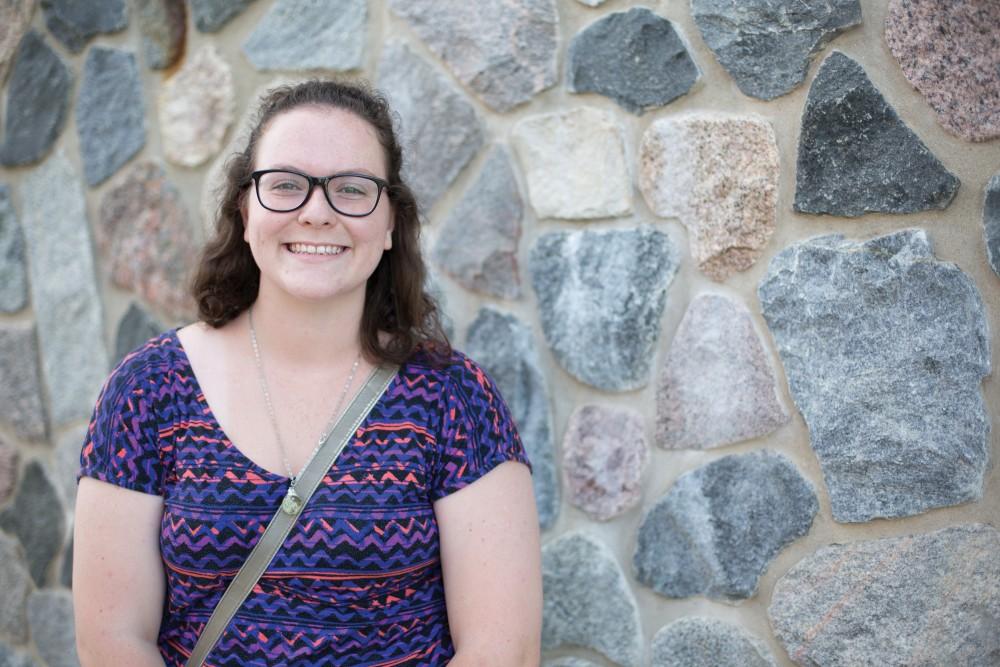Navigating India: Week one
Sep 10, 2015
Jetlagged and exhausted, my travel companions and I worked our way through immigration, grabbed our luggage, found our guide, Sunny Luke, and exited Thiruvananthapuram International Airport to be struck by beautiful lights, a sea of people and the ever-present honking of auto-rickshaws and cars.
We made our way to Sunny’s car and drove to the hotel that we stayed in for the first half of the week. The first few days began as any good traveling experience does: severe jet lag and irregular eating habits punctuated by visits to the city and beaches of the outside world. Thiruvananthapuram is the city that hosts our college, so we were able to visit the places in which we will be living and studying for most of the semester.
On Sept. 1, Sunny drove us a few hours to his house in Kottayam, where we remained for the next few days. His wife Philo welcomed us with open arms, an open heart and delicious food.
Wednesday morning we went shopping for Indian clothing, thinking that if we had similar dress, we may stick out slightly less. This was followed by a houseboat tour through Kerala’s backwaters in the afternoon. The backwaters are a network of marshy lakes and rivers, winding through houses, rice paddies, and forest. If you cannot make it to India, I encourage you to at least use the internet to virtually venture around the area.
Never staying in one place for too long, we left Sunny and Philo in Kottayam on Sept. 5, with Sunny’s assistant Celine, who will accompany us for the next nine days. For the next four nights, we will stay at something like a bed and breakfast in Kumily, which is a more tourist-oriented area in the mountains. I have never seen a more beautiful place.
I recognize my description thus far has been superficial, so allow me to take a moment to address the most glaring differences from my daily life in the United States.
Thus far I feel as I imagine a baby would; constant learning and listening; watching people interact and trying to mimic their actions; blankly staring at people when they talk to you and then responding in your own language. We are taking a class in Malayalam, the regional language, but until then, we are left as ignorant Americans, relying on the help of English-speaking Malayalees such as Sunny and Philo. I have never been so unable to communicate, and while everyone is kind, I still feel embarrassed to know so little of the language. I would rather not perpetuate the stereotype of “ignorant American” that I assume the world sees us as.
There are few people, if any, in this area with skin as light as mine, yet light-skin privilege is heavily prominent. I realize that wherever I go, white privilege follows me, but in the United States having light skin is the norm, not the exception.
People stare and take pictures; we are followed around stores; people will blink as if they cannot believe their eyes, nudge the person next to them and giggle; we are treated more kindly simply because we are white. White and American. Even the Indians we are accompanied by have said that they receive better service in stores and restaurants when they are with us. So allow this to be a disclaimer for the rest of my travel adventures: everything I experience in India is clouded by white privilege. No matter how hard I try to blend in, my skin color will always betray me by telling the world that surrounds me that I am a foreigner from a wealthier place.























